https://ift.tt/1KUu725
When you think of “mothers“, you think of beautiful, awesome and human women, who can whip up a strawberry cake one moment, and shoot marauding robbers the next. You definitely don’t think of creatures with claws, fangs, and other things that will make you run away from – rather than into – their arms. Yet that’s exactly what the animals below are: Creatures that rank high both on the “scare” and “care” factors. To see how they managed to be just that, let’s take a closer look at them:
10. Wolf Spider
The Scare Factor: If the words “wolf” and “spider” together didn’t scare you, then maybe this will: Wolf spiders are found everywhere. (Sorry, arachnophobes!) They don’t spin webs like other spiders do, but they’re always on the lookout for insect prey, on which they pounce a la their pack-loving namesake. When they’re not hunting, they hide under rocks, or other objects lying around in people’s homes. (Better check under your beds a.s.a.p.)
The Care Factor: Aside from their hunting style, wolf spiders have one more thing in common with their canine namesakes: strong maternal instincts. Of all spiders, the wolf spider is the only one known for carrying dozens of her young (wrapped in an egg sac) on her back at any one time. Her care doesn’t stop there, however: The moment the babies hatch, she lets them ride on her abdomen for a week, or until they’re old enough to fend for themselves.
9. African Rock Python
The Scare Factor: As the largest snake in Africa, the African rock python is capable of taking down prey like warthogs, monitor lizards and even crocodiles. Like other pythons, it kills using powerful coils that crush and asphyxiate its victims. With its reputation for ferocity, and the fact that it’s responsible for at least two reported human fatalities, this is not a snake you want to trifle with.
The Care Factor: Even a reptile as fierce as this has a caring side. Once she lays her 20 to 90 eggs, the African rock phython wraps her 17-foot-long coils around them to keep them from harm. So far, the African rock python is the only snake known to do this.
8. Wolverine
The Scare Factor: There’s a reason Marvel Comics named a superhero after this animal. The epitome of “small but terrible,” wolverines are notorious for their habit of going after animals several times their own size. They’ve even been known to attack bears, though the results are sometimes fatal on the part of this largest member of the weasel family.
The Care Factor: Wolverines are notoriously difficult to study in their natural habitat, so we don’t know much about them. What we do know is that female wolverines prove “badass” and “maternal instincts” aren’t mutually exclusive. After giving birth to 2-3 “kits” in late winter or early spring, wolverine mothers dig caves up to 15 feet deep to protect their young. Although they can survive on their own by the time they’re six months old, some kits stay with their mothers until they’re sexually mature. Guess they need plenty of time to learn how to fight David-and-Goliath-type battles, eh?
7. Emperor Scorpion
The Scare Factor: Imagine a typical scorpion – complete with claws, stingers, and creepy-crawly feet. Now, imagine an 8-inch version of that, and you get the appropriately-named emperor scorpion. Its venom may not be as potent as those of other scorpions, but you still don’t want to be within striking distance of its imperatoxin-producing stinger.
The Care Factor: Surprisingly, emperor scorpions are a timid bunch – unless you come across a female with her young on her back, or inside her belly. These babies are fiercely protected by their mother until their first molting period ends, at which point the mother leaves them to fend for themselves. If they insist on staying with Mom beyond that, they’d have to face the consequences (i.e. getting “grounded” in their mother’s stomach).
6. Pirarucu
The Scare Factor: Size isn’t the only thing that makes pirarucus the stuff of nightmares. Any fish that can survive piranha-infested lakes through the sheer strength of its scales deserves the title of “scarily awesome.” Also, pirarucus have been known to leap and eat small birds unlucky enough to be perching near the water. (Side note: “Pirarucu” sounds like a nice, exotic name for a horror film.)
The Care Factor: Normally, animals that can lay up to 50,000 eggs aren’t the best parents in the world. But pirarucu parents are different: The father guards the nest, while the mother encircles the father and the eggs to protect them both from predators. With a setup like this, though, who’d want to attack a pirarucu brood?
5. Strawberry Poison Dart Frog
The Scare Factor: At first glance, these amphibians don’t seem dangerous; in fact, you can even call them “cute.” But if you try to sink your predator’s teeth into a strawberry poison dart frog… Well, let’s just say it might be the last thing you’ll ever do. Also, even if you survive, you’ll have to deal with paralysis, tissue death and other unpleasant side effects of toxins present in this frog’s skin.
The Care Factor: Granted, females of this species aren’t very productive, since they can only lay up to five eggs at a time. However, they make up for it with parental habits unusual for frogs: The mother deposits each egg at a separate location, comes back to them every few days, and feeds them unfertilized food eggs. (To be fair, this is done to prevent the tadpoles from cannibalizing each other, but you still have to give Mom points for going through all that trouble.) Once the tadpoles hatch, they’re left on their own to grow and terrorize predators with their brightly-colored skins of death.
4. Killer Whale
The Scare Factor: “Killer” sounds about right for this powerful marine animal. As predators of whales, seals, and even great white sharks, killer whales managed to propel themselves to the top of the ocean food chain, and stay there. The fact that their intelligence rivals ours is worrisome too; what if they eventually figure out how to use their flippers to walk on land? (For now, let’s be thankful evolution works really, really slowly.)
The Care Factor: Then again, Mother Nature probably wanted to downplay the orcas’ fearsome reputation, seeing as she made “Momma’s Boys/Girls” out of killer whale calves. In particular, studies have found that male orcas stay with their mothers well into their 30s to boost their chances of survival. The same goes for female orcas, though to a much lesser extent. Makes you wonder whether orca moms grumble about their adult children, too.
3. Walrus
The Scare Factor: Seriously, would you want to be anywhere near a walrus? Even if it can’t skewer you with its distinct tusks (which, by the way, have been known to kill polar bears), you can still get squished under its 4,400 lb frame if you’re unlucky enough to be in the wrong place at the wrong time. (Like some of their own calves, for instance.)
The Care Factor: Fortunately, walrus mothers know the extent of their Powers of Squish. They let their calves sit on their backs to protect them from predators, and from other lumbering walruses who don’t know any better. Also, they nurse their children ’til the latter are two years old, while teaching them valuable life skills like hunting for food – and maybe being nice to the other walruses.
2. Vampire Bat
The Scare Factor: If Dracula had a real-life incarnation other than Vlad Tepes, he’d be a vampire bat. As their name implies, vampire bats feed exclusively on blood – which includes that of humans. Even if they don’t have the ability to turn victims into soulless, bloodthirsty creatures like themselves, vampire bats are infamous for spreading rabies wherever they live.
The Care Factor: Because blood is surprisingly scarce as a food source, vampire bat mothers have to make up for it by regurgitating congealed blood for their hungry, helpless pups. This goes on for several months, until the pups become old enough to hunt on their own. If a pup loses his mother too early, he can expect to be well-cared for by his mother’s roostmates, since vampire bats are known to adopt orphans. Who knew these unholy creatures are capable of something so noble?
1. Earwig
The Scare Factor: Earwigs get their name from their alleged habit of burrowing into people’s ears. While “alleged” is in that previous sentence for a reason, there’s no denying that these insects are unsettling to look at – what with their resemblance to cockroaches wielding “pincer derrieres” and all.
The Care Factor: Generally, solitary insects aren’t skilled in the parenting department. The earwig’s an exception, though; the mother takes care of her 40 to 45 eggs by warming, protecting, and clearing them of fungi. She also feeds them her own saliva and regurgitated food, until they molt for a second time and are ready to take off on their own. In case she dies before her offspring are fully grown, she still “takes care” of them by letting them feed on her corpse. Now that’s a hardcore mother!
Issa Mirandilla may be able to write about any write-able topic you can think of, but she prefers to get her hands dirty in the fields of blogging, freelancing, productivity, psychology and business. Drop her a line on her website, or say hello to her on Twitter.
AMAZING
TRENDS,AMAZING
via Toptenz.net http://www.toptenz.net
May 14, 2018 at 06:28AM
.png)


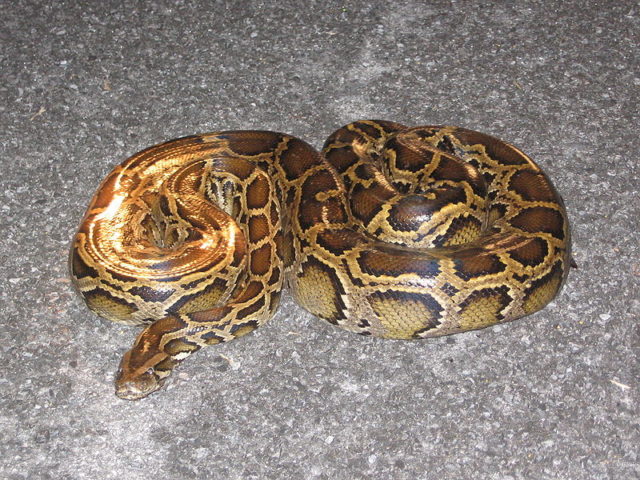
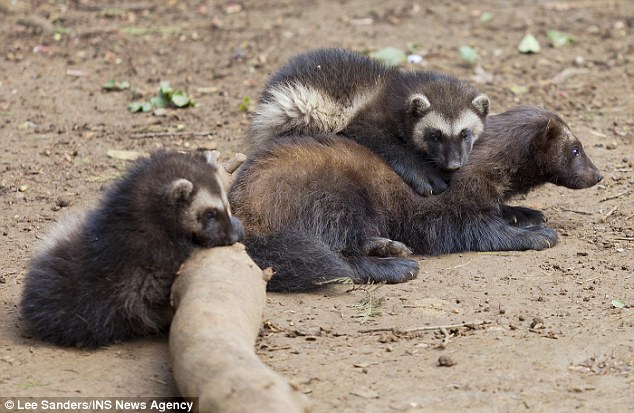
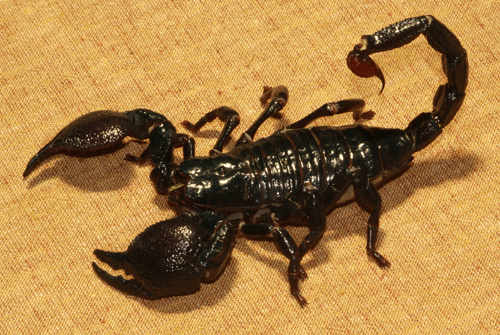

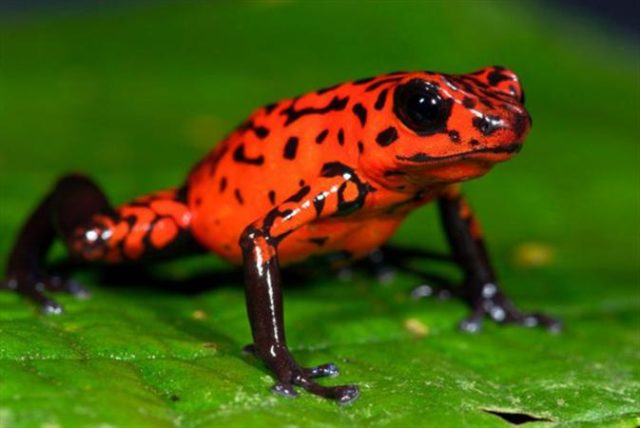
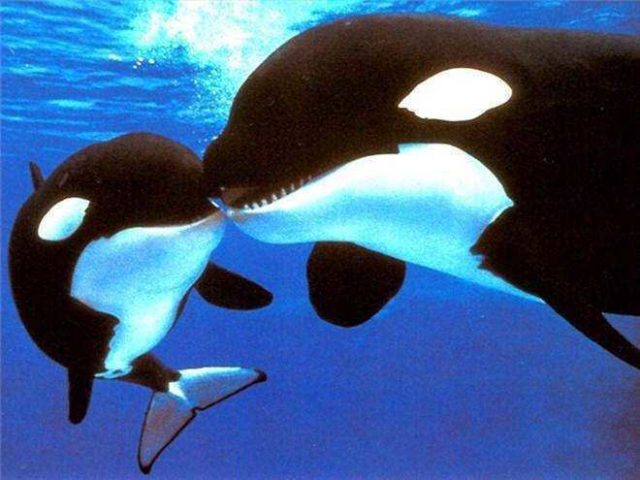
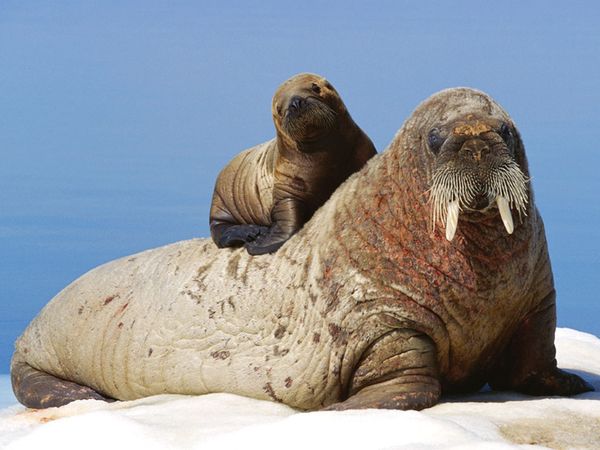


No comments:
Post a Comment